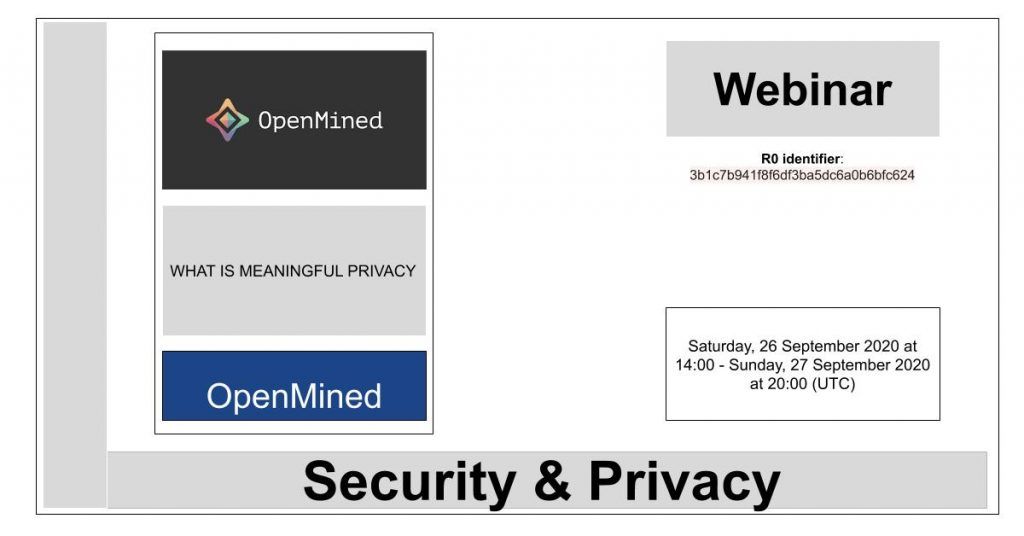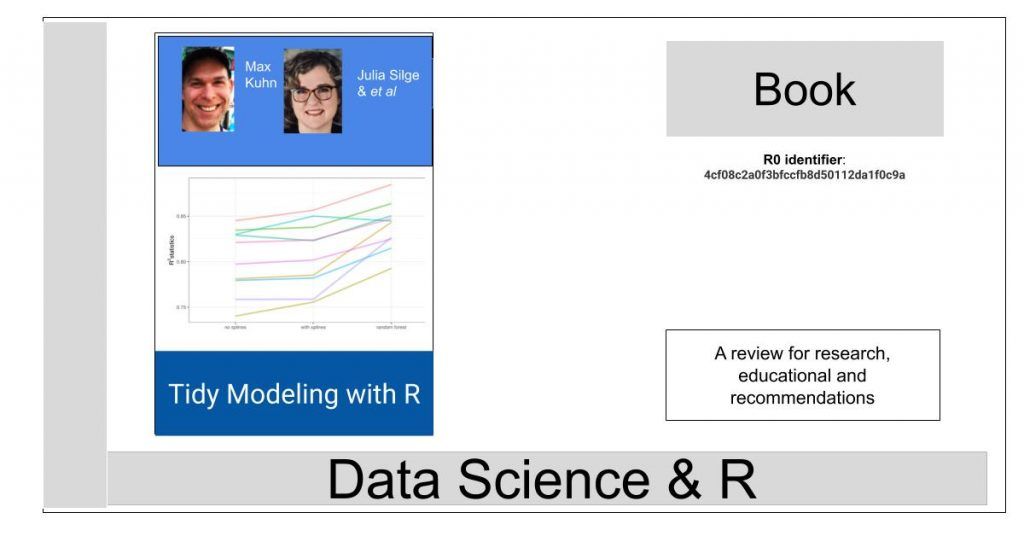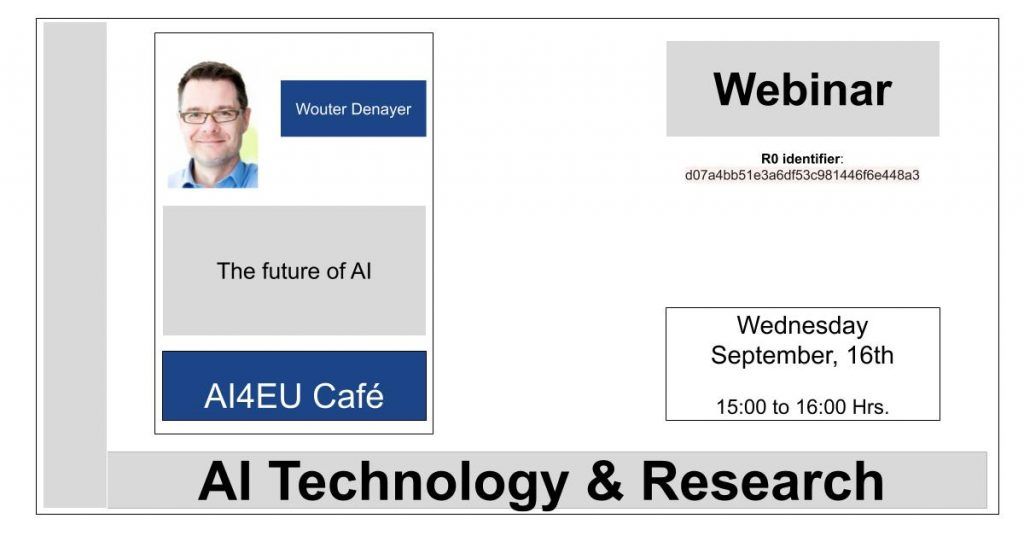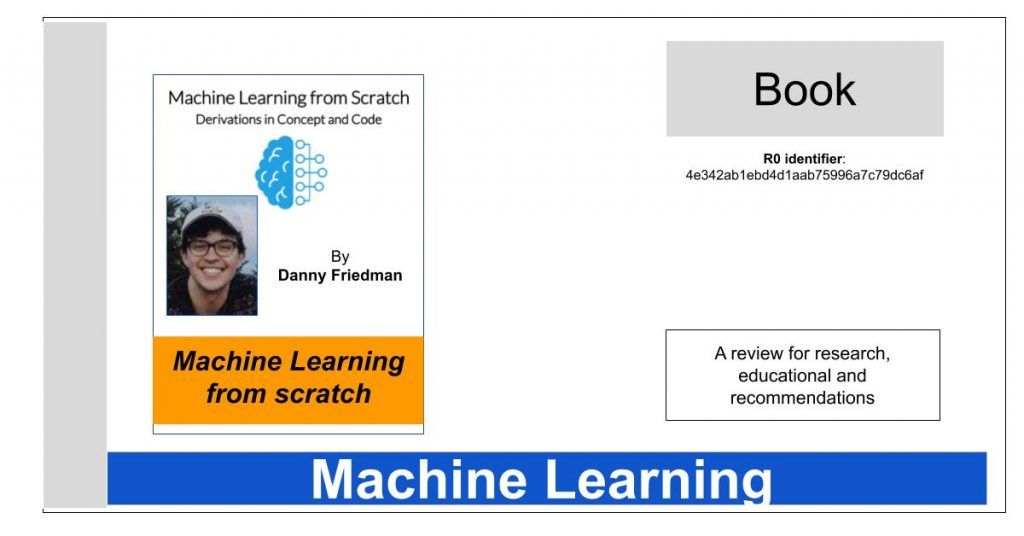Tidy Modeling with R
This book provides an introduction to how to use our software to create models. We focus on a dialect of R called the tidyverse that is designed to be a better interface for common tasks using R. If you’ve never heard of or used the tidyverse, Chapter 2 provides an introduction. In this book, we demonstrate how the tidyverse can be used to produce high quality models. The tools used to do this are referred to as the tidymodels packages
The future of AI
If you wonder what is next in the evolution towards general AI then this session is for you. We have seen some painful failures of artificial intelligence pointing to a lack of ‘common sense’. Are neural networks really the solution we seek or is a new path needed? Find out what IBM Research is cooking in terms of hardware and software in the never ending quest towards General AI.
Machine Learning from scratch (by Danny Friedman)
This book covers the building blocks of the most common methods in machine learning. This set of methods is like a toolbox for machine learning engineers. Those entering the field of machine learning should feel comfortable with this toolbox so they have the right tool for a variety of tasks.
COCIR analyses application of medical device legislation to Artificial Intelligence
“The European Commission has shown its ambition in the area of artificial intelligence (AI) in its recent White Paper on Artificial Intelligence – a European approach to excellence and trust. This White Paper is at the same time a precursor of possible legislation of AI in products and services in the European Union. However, COCIR sees no need for novel regulatory frameworks for AI-based devices in Healthcare, because the requirements of EU MDR and EU IVDR in combination with GDPR are adequate to ensure that same excellence and trust.” (COCIR paper).
IEEE Use Case–Criteria for Addressing Ethical Challenges in Transparency, Accountability, and Privacy of CTA/CTT
There are substantial public health benefits gained through successfully alerting individuals and relevant public health institutions of a person’s exposure to a communicable disease. Contact tracing techniques have been applied to epidemiology for centuries, traditionally involving a manual process of interview and follow-up. This is time-consuming, difficult, and dangerous work. Manual processes are also open to incomplete information because they rely on individuals being willing and able to remember and report all contact possibilities.
The Deep Learning Revolution and Its Implications for Computer Architecture and Chip Design
The past decade has seen a remarkable series of advances in machine learning, and in particular deep learning approaches based on artificial neural networks, to improve our abilities to build more accurate systems across a broad range of areas, including computer vision, speech recognition, language translation, and natural language understanding tasks.









